Some aquarium fish can be very finicky eaters. This presents lots of challenges for their keepers. In the case of picky marine zooplanktivores, the keeper might have to use exclusively live foods (copepods, brine shrimp, etc.). Live foods are great in that they typically are highly nutritious, don’t introduce a bunch of wastes (such as the nasty juices in frozen foods) and of course exhibit behaviors that entice apprehensive eaters to take a bite. But they are almost always more work to handle/dispense and demand a premium price. In rare instances, you might have to rely on live feed for as long as you have the fish; in most others, you may “train” the fish to accept a suitable prepared alternative. Because of the time and money they save, most fish keepers will attempt to get their fish on prepared fare.
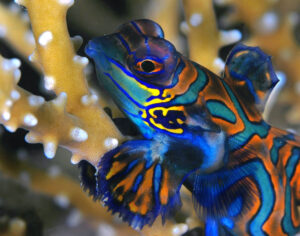 A solid majority of reef fish readily accept tiny crustaceans. Copepods are the favored “microcrustacean”, as these are group most often encountered in the wild. While most small or juvenile fish prey on copepods opportunistically, some others (mandarins, for example) rely on them heavily.
A solid majority of reef fish readily accept tiny crustaceans. Copepods are the favored “microcrustacean”, as these are group most often encountered in the wild. While most small or juvenile fish prey on copepods opportunistically, some others (mandarins, for example) rely on them heavily.
As reef aquaria have become more sophisticated and increasingly challenging species are kept, live copepod products have become indispensable. Multi-species products (such as EcoPods) have proven to be an especially useful addition, not just for helping to keep aquariums clean, but indeed for supporting the nutrition of diverse captive animals. Still, a single stealthy reef fish can rapidly decimate an entire population of pods within the relatively small confines of an aquarium. For this reason, it is always a good idea (if not a necessity) to regularly boost the pod population by re-seeding with fresh live product. But even while re-seeding, it may be easy to provide adequate nutrition to obligate zooplanktivores by training them to eat a prepared supplement. For this, ZooMed’s Can O’ Cyclops is truly awesome.
What’s in Can O’ Cyclops?
Can O’ Cyclops is exactly what it sounds like–canned Cyclops sp. copepods. It is beautifully simple, containing only whole Cyclops, some moisture and a tiny bit of guar gum (an all-natural form of fiber derived from beans, which helps to stabilize and thicken the product moisture). It has an impressive minimum dry weight content of 27% crude protein and 15% crude fat.
The fresh Cyclops used in Can O’ Cyclops are “cooked in the can” to lock in nutrients. This also effectively sterilizes them, making them free of harmful bacteria and parasites. They are nice and moist, right out of can, so you won’t have to worry about hydrating them before use (or watching them float to the surface and go straight down your overflow drain). Nor will you have to thaw them. So, no waiting and no mess! Nor will you have the fuss of live feed. Of course, some animals (e.g. mandarins and other dragonets) need to eat constantly, making a rich and reliable source of live feed an absolute necessity; however, Can O’ Cyclops can supplement diets such as this by providing an occasional feast. Such helps to keep weight on these fish.
Take for example AlgaeBarn’s popular Mandarin Feeder Kit. This specialized combo includes one unit of Can O’ Cyclops alongside Nano Brine (live brine shrimp) and 5280 Pods (three species of live copepods). While the live products are most definitely essential, the canned Cyclops gives you an extra edge and increases your odds of success by throwing some extra calories at the specimen whenever it may accept them.
How to use this food:
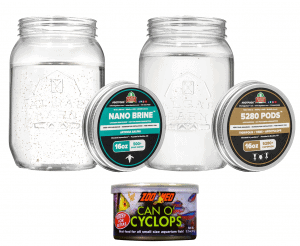 Particularly when using Can O’ Cyclops in combination with live items to feed unusually persnickety fish, it is best to start slow. Be aware that they may not initially accept any of what you offer. Thus, you should add tiny amounts at first; this works especially well concurrently with feedings of live brine shrimp, as it can confuse the excited fish into nibbling on some prepared Cyclops. The best time to start the training is while the fish is in quarantine, as this is where the food is less likely to get quickly snarfed up by competing fish.
Particularly when using Can O’ Cyclops in combination with live items to feed unusually persnickety fish, it is best to start slow. Be aware that they may not initially accept any of what you offer. Thus, you should add tiny amounts at first; this works especially well concurrently with feedings of live brine shrimp, as it can confuse the excited fish into nibbling on some prepared Cyclops. The best time to start the training is while the fish is in quarantine, as this is where the food is less likely to get quickly snarfed up by competing fish.
Trust us here–other than the most picky eaters, you’ll have no trouble whatsoever getting most reef fish to eat this stuff. Because it is a whole food that resembles their natural prey, and has all its natural smells/flavors preserved during the canning process, just about any small fish (gobies, dottybacks, small anthias, etc.) will go mad when you offer this stuff. At 100-1000 microns, Cyclops are an excellent food for countless small fish species, young (including post-larval) fish or just fish with unusually small mouths (seahorses, pipefish, etc.). What’s more, you can use this product to feed a huge variety of corals and other zooplanktivorous inverts.
Just add an amount that your community of fish will consume in less than five minutes. Do be sure to immediately refrigerate the unused portion! And be sure to feed out the unused portion within a week. Can’t use it all in a week for some reason? Go ahead and chuck in the freezer for later!
Can O’ Cyclops has it all… Here is a food that is almost as good as live nutritionally, yet it is far easier to store and handle. In fact, unlike frozen foods, you can stockpile a bunch of it and only keep one can in the fridge at a time (i.e. any leftovers). Plus, it’s super clean! Any aquarist with small reef fish–especially picky small reef fish–should have this product on their shelf at all times.

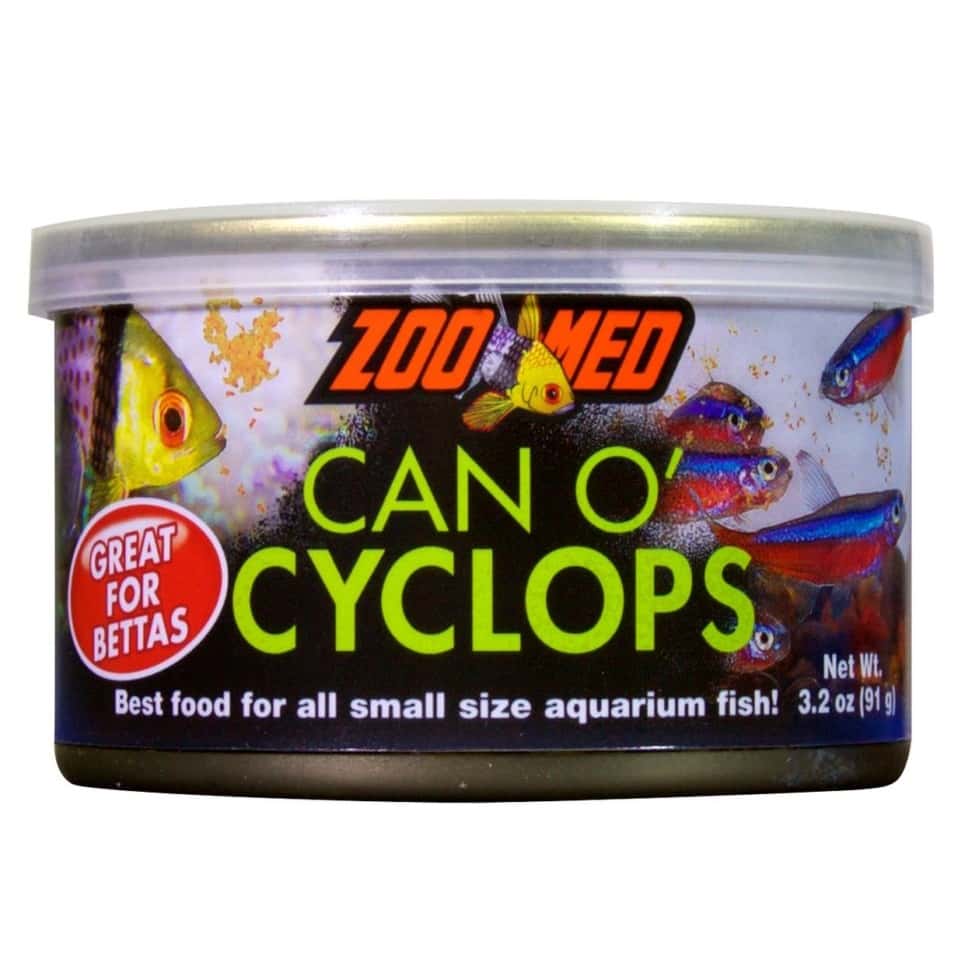

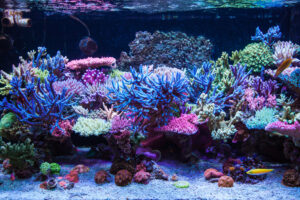
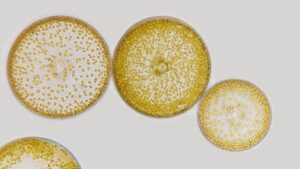

Paul Katinis says
I take an old frozen fish food ice cube like pac, wash it and fill about 1/3 of each cell with Can O’ Cyclops. I then freeze each can makes about 60 nuggets. I put in a snack bag and feed whenever I want, really makes them easy to feed.